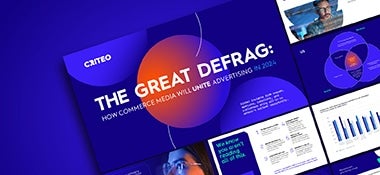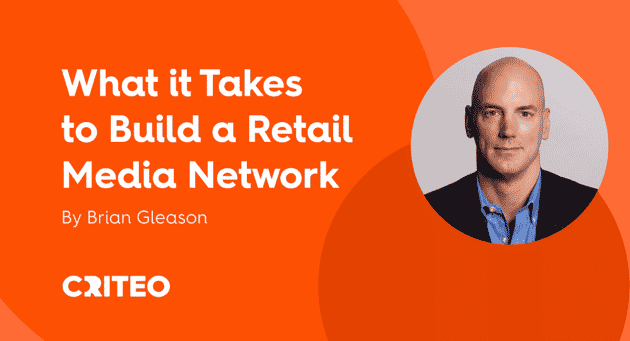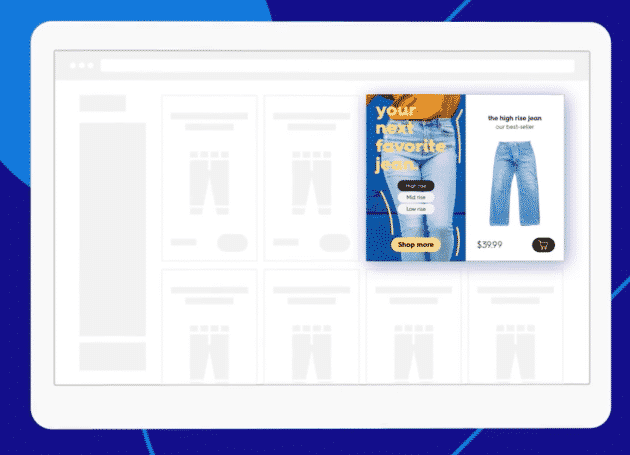Marketers have been buying audiences since the advent of advertising. During the golden days of advertising in the 1950s, popularized by the US television series Mad Men, they had to make do using panel-based insights (think asking a group of women what hosiery they preferred and why). This was the best a marketer could do to find their target audience, but it was a hit-and-miss approach at best.
The emergence of Internet advertising in the 1990s promised the ability not only to target vast audiences but to enable a far more granular understanding of individual consumers. Consequently, we became able to move to individual segmentation, or an audience of one. In this post, we’ll cover why it’s become critical to think about audiences.
Customer data is the new currency.
Search and social platforms that started their lives focused on delivering subscriber value have leveraged their popularity to create huge closed advertising businesses. Advertisers have flocked to these platforms because of the audience promise they offer.
There are now a range of audience sources and creation platforms available to marketers:
- 3rd party data sources which can deliver a plethora of audiences based on aggregated data accessible through demand platforms
- Large social platforms that offer the ability to create audiences based on demographics and interests
- Search platforms that build audiences from search query intent data
These audience creation approaches often involve demographic data and/or older aggregated data and make inferences based on an observed behaviour (e.g. a search phrase, a like, or a share).
Understanding actual customer journeys is key.
At Criteo we’ve taken a different approach and believe that the best way to build audiences that create more relevant interactions is through a understanding actual customer journeys and the transactions that result. Using this deep understanding of consumers’ browsing and buying behaviour at scale, we believe it’s possible to predict with far greater accuracy the likelihood of brand engagement and future actions. This ultimately results in the most effective use of your media spend.
More data = more accurate predictions.
But to find the most valuable customer segments for your products or services requires vast quantities of customer journey and purchase data, combined with an ability to analyse and activate this data in real time. Fortunately, the sheer scale of our platform enables us to see over $800B ecommerce transactions annually and to identify individual browsing patterns across over 6B catalogued products. This is made possible by our AI Engine, built as a result of hundreds of thousands of experiments to ensure we can accurately predict what will interest consumers in real-time.
Today’s digital marketers demand audience flexibility: They want to build and customize their audiences according to their specific campaign objectives. Any audience creation capability has to support the full-funnel of objectives and be able to identify which consumers that don’t yet know your brand are most likely to be interested in your products or services, have visited your online properties but not converted, and also offer the capability to build audiences based on your existing customers.
The ability to build these primary audiences and to refine by adding or suppressing additional secondary audiences is important to ensure that marketing budgets are being spent effectively.
Criteo’s Audience Types Support Full-Funnel Marketing Goals
Criteo can address all of these requirements and more with its new audience creation capabilities. We’re able to support a full range of objectives with three core audience types: Custom Audiences, Commerce Audiences, and Similar Audiences.
Custom Audiences
can be used to address your existing customer campaign objectives in a privacy compliant, safe, and secure manner. They are built in partnership using your 1st party data and our technology. There are a variety of flavours:
- Our event collection technology builds audiences based on the actions of your web visitors and app users. That could include visits to a category or product pages, abandoned shopping process, activity around a specific time (e.g. sale period, TV advertisement).
- Existing customer segments can be addressed by using contact lists which are pre-hashed and onboarded into the Criteo Platform.
- Offline transactions completed in-store or through contact centers can be onboarded enabling the entire online to offline customer journey to finally be measured. This enables offline transaction attribution to digital campaigns.
- 3rd party platforms such as data management and customer management platforms can seamlessly share pre-defined audiences with the Criteo Platform.
Commerce Audiences
are created using our unique commerce data set, Criteo Shopper Graph which is built as a result of trillions of customer journeys that result in over $800B annual ecommerce transactions. They offer the ability to build audiences by selecting from over 140 products browsing and purchase categories.
Similar Audiences
identifies new potential customers that are similar in browsing and purchasing characteristics to your recent visitors. This audience is built by applying our Lookalike Finder AI technology to our unique commerce data set, Criteo Shopper Graph. This allows the accurate identification of new potential consumers that are most likely to engage with your brand and to be interested in your products or services.
These new audience capabilities are currently being rolled out, and we’re excited to be seeing great results so far. If you’re interested in testing, get in touch or contact your Account Strategist.














